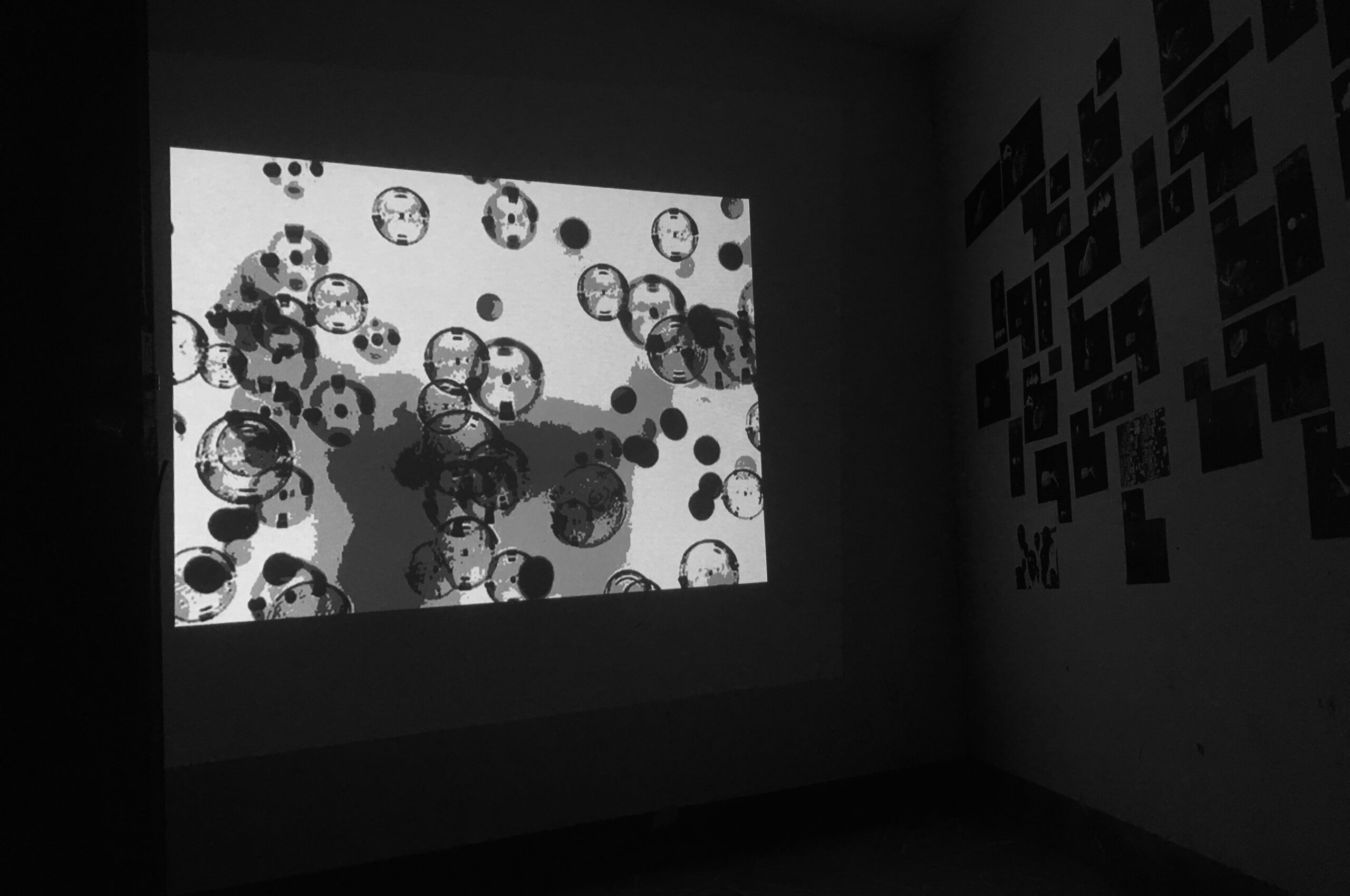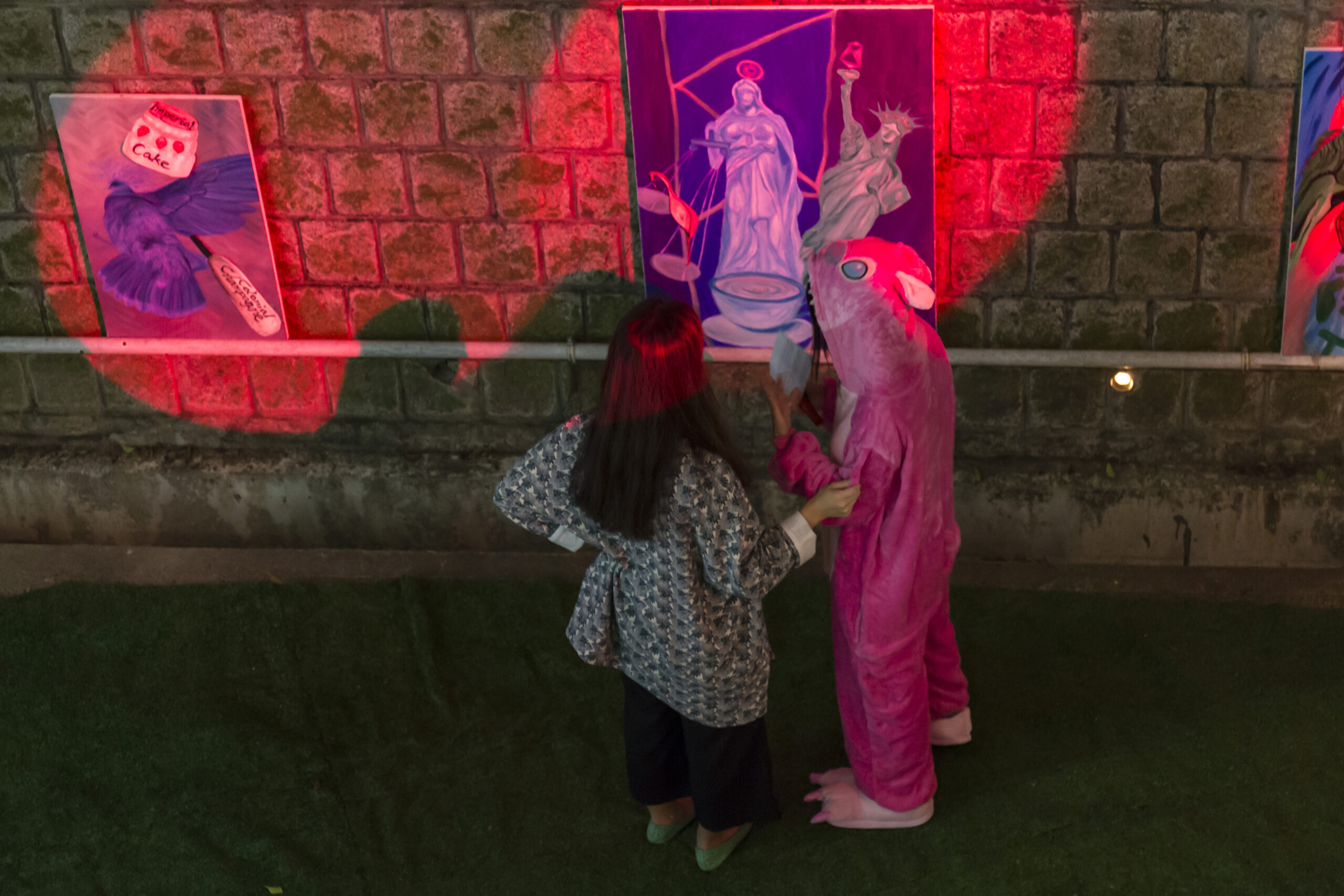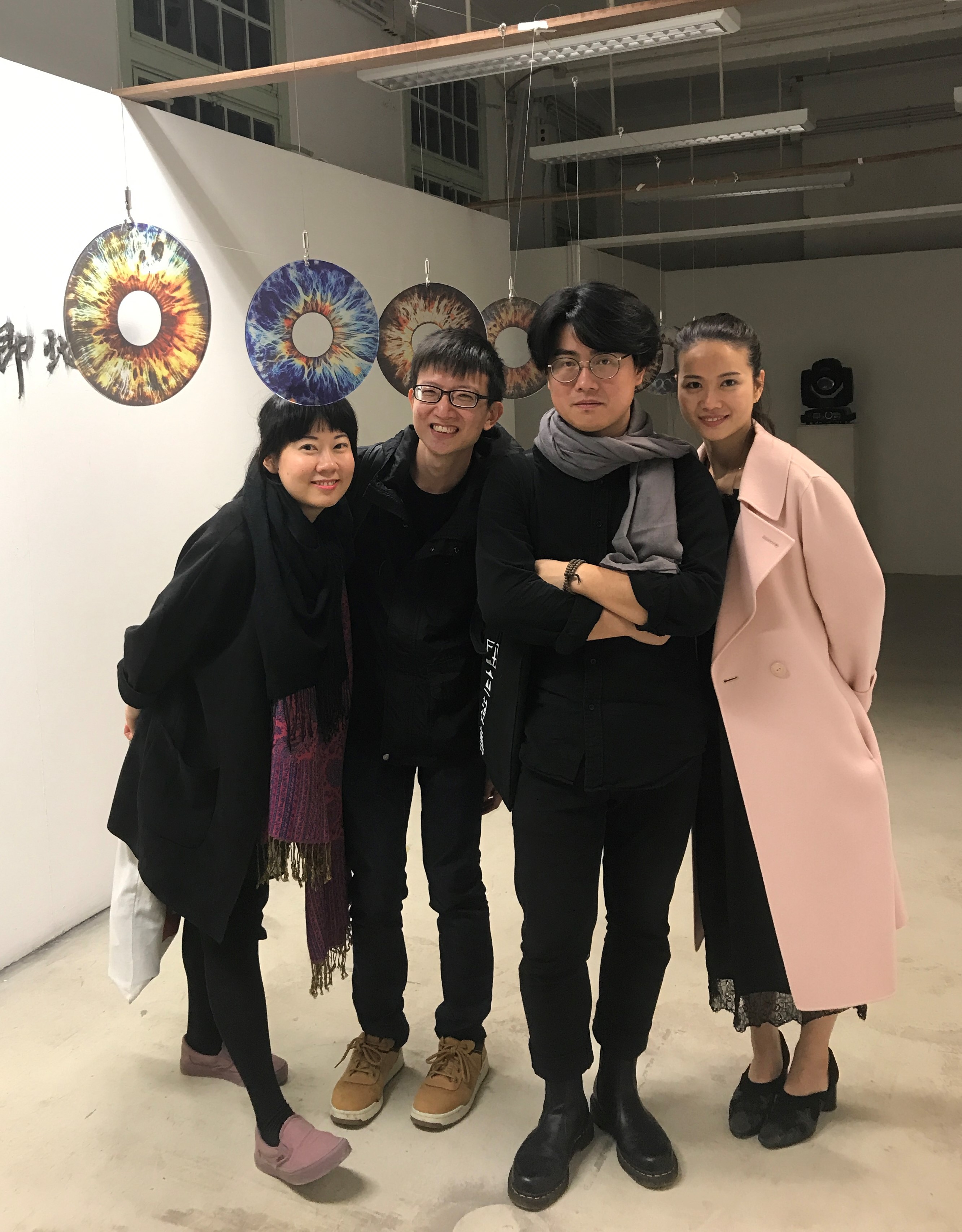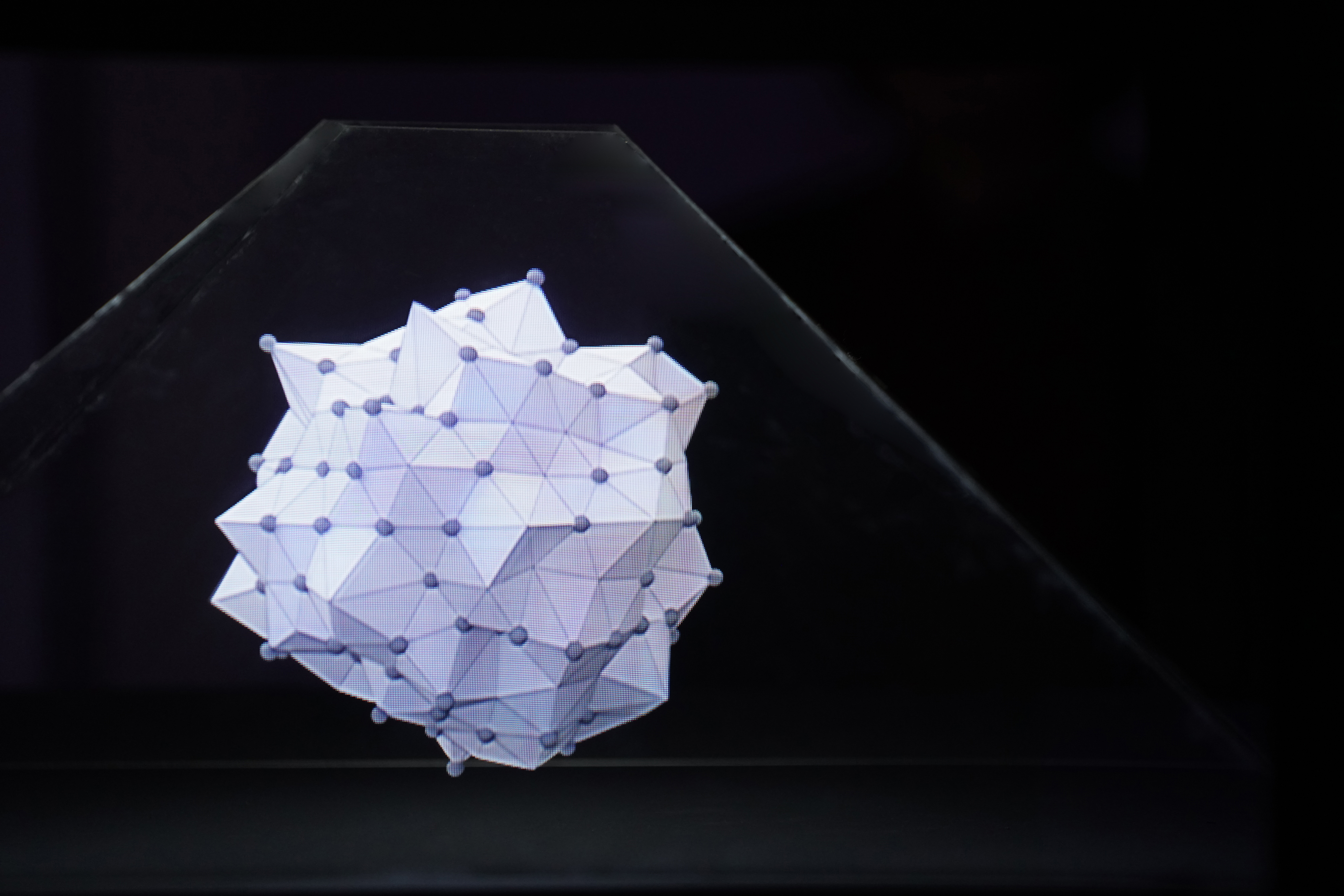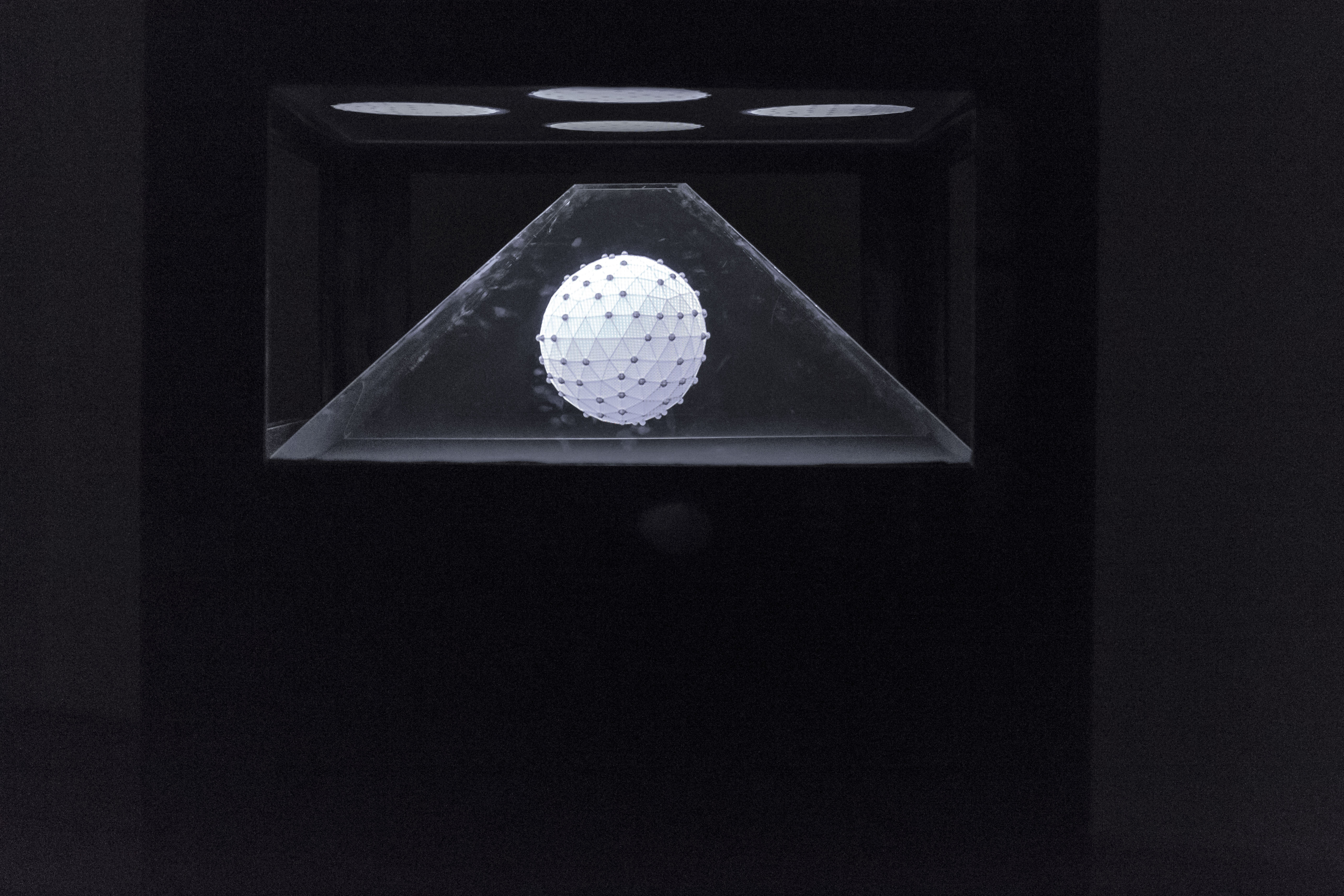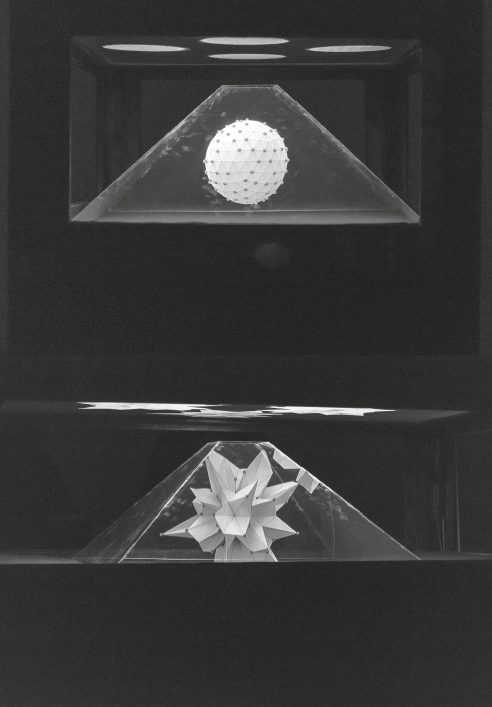How can we be true in art?
A conversation with Fu Liaoliao, head of the curatorial department of Ming Contemporary Art Museum (McaM)—our partner, host and unique exhibition space for SPOKEN / UNSPOKEN in Shanghai. McaM is currently the only institution in China that is primarily dedicated to performance and live-based art.

